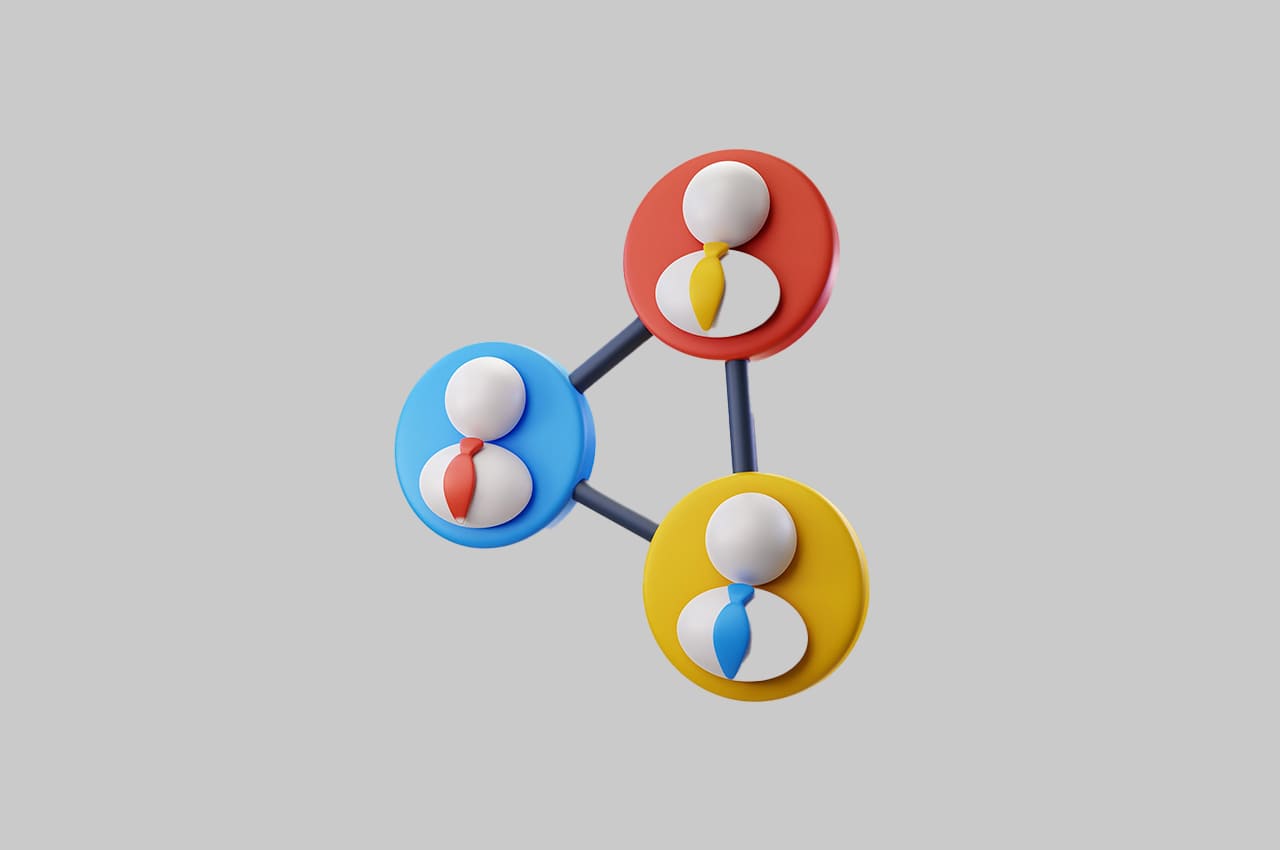How to Reuse Code Using Kwargs in Django Url [2024]

Understanding Kwargs in Django URL Patterns
In Django, the kwargs (keyword arguments) parameter in the path() function for defining URL patterns is used to capture and pass variable parts of a URL as keyword arguments to the associated view function. This is particularly useful when you have dynamic segments in your URL patterns, and you want to extract those values and use them in your views.
This allows you to create more flexible and dynamic views by passing additional information to them through the URL patterns. Using kwargs in Django URLs is a powerful feature that enhances the configurability of your views based on the captured values from the URL.
Here’s a basic example demonstrating the use of ‘kwargs’ in a Django URL pattern:
path(
"object-name-delete//",
views.object_delete,
name="object-name-delete",
kwargs={"model": ModelName, "redirect": "/objects-view"},
),
In this example, the URL pattern captures an integer value (`object_id`) and passes it to the `object_delete` view. However, what makes this setup even more powerful is the utilization of `kwargs` to pass additional information to the viewer. The `model` parameter signifies the Django model associated with the object, and the `redirect` parameter indicates the URL to redirect to after deletion.
Building Flexible Views with Kwargs
Now, let’s explore how the `object_delete` view can leverage `kwargs` to create a flexible and reusable code structure:
from django.utils.translation import gettext as _ from django.contrib import messages from django.db.models import ProtectedError from django.shortcuts import redirect
def object_delete(request, id, **kwargs):
# Extract model and redirect_path from kwargs
model = kwargs["model"]
redirect_path = kwargs["redirect"]
try:
# Retrieve the object to be deleted
instance = model.objects.get(id=id)
# Delete the object
instance.delete()
# Display a success message to the user
messages.success(
request, _("The {} has been deleted successfully.").format(instance)
)
except model.DoesNotExist:
# send message if the object is not found
messages.error(request, _("{} not found.").format(model._meta.verbose_name))
except ProtectedError as e:
# Handle the case when deletion is restricted due to ForeignKey relationships
model_verbose_names_set = set()
for obj in e.protected_objects:
model_verbose_names_set.add(_(obj._meta.verbose_name.capitalize()))
model_names_str = ", ".join(model_verbose_names_set)
messages.error(
request,
_("This {} is already in use for {}.").format(instance, model_names_str),
),
# Redirect to the specified path after deletion
return redirect(redirect_path)
This view function is designed to be reusable across different models by accepting the model and redirect path as keyword arguments. Additionally, it provides meaningful feedback to the user through success and error messages, making the deletion process more user-friendly. This promotes code reusability, allowing the same view to be used across different parts of your application without modification.
Advantages of Using Kwargs for Code Reusability
1. Flexibility Across Models:
By passing the model as a keyword argument, the view becomes adaptable to various Django models. This is particularly advantageous in scenarios where similar delete functionality is needed for different types of objects.
2. Configurable Redirection:
The `redirect` parameter empowers developers to decide where the user should be redirected after a successful deletion. This level of configurability ensures that the same view can be repurposed across different sections of your application with minimal effort.
3. Error Handling Consistency:
The view’s error-handling logic remains consistent regardless of the model it operates on. Whether an object is not found or is protected due to foreign key relationships, the view provides informative messages to the user.
4. Translation Support:
Utilizing Django’s translation functions (`gettext`) ensures that your error and success messages can be easily translated into different languages, making your application more accessible to a global audience.
Conclusion
In conclusion, Django’s `kwargs` parameter in URL patterns is a potent tool for enhancing code reusability in your web applications. By incorporating this feature, you can create views that are flexible, adaptable, and easily configurable for various models and scenarios. This not only streamlines your development process but also contributes to a more maintainable and scalable codebase. As you continue to explore Django’s capabilities, consider the strategic use of `kwargs` as a key element in building dynamic and reusable views. By doing so, you’ll find yourself developing Django applications that are not only powerful but also highly maintainable and extensible.




